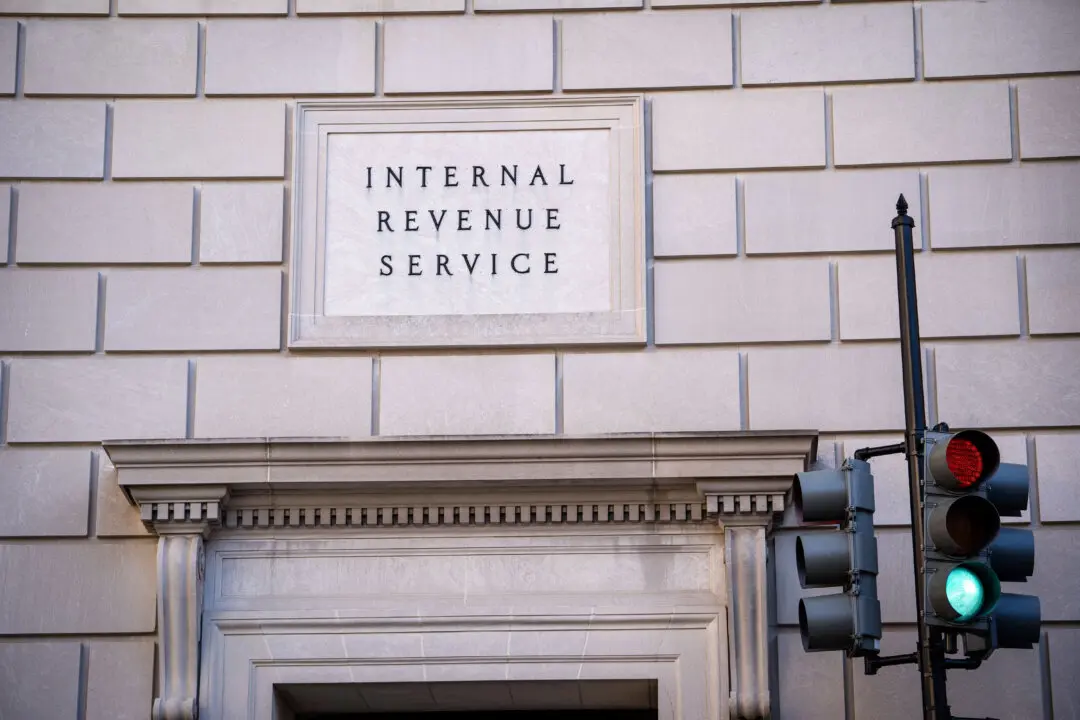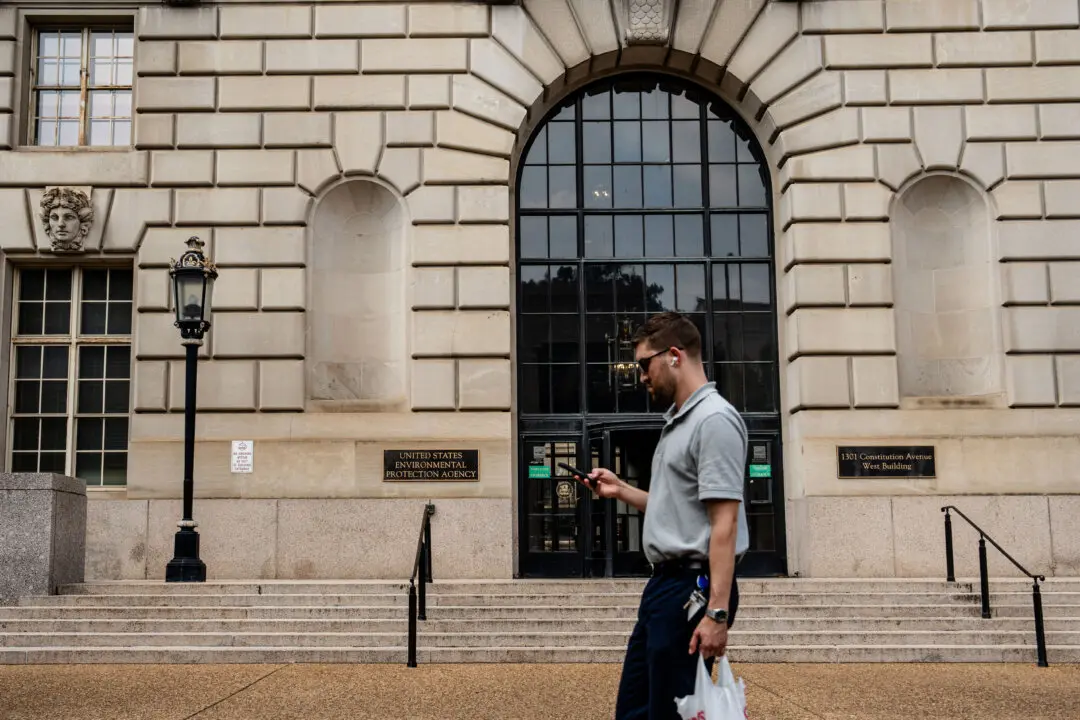U.S. consumer spending stalled in May to the lowest growth rate this year as inflation remained elevated.
Consumer spending or personal consumption expenditures (PCE) only rose by 0.1 percent in May, according to a June 30 news release (pdf) by the U.S. Bureau of Economic Analysis (BEA). This is the lowest growth rate so far in 2023, equal to that of March. Compared to a year back, consumer spending in May 2023 rose by 3.8 percent—the lowest so far this year and down from a peak of 5.4 percent in January.





